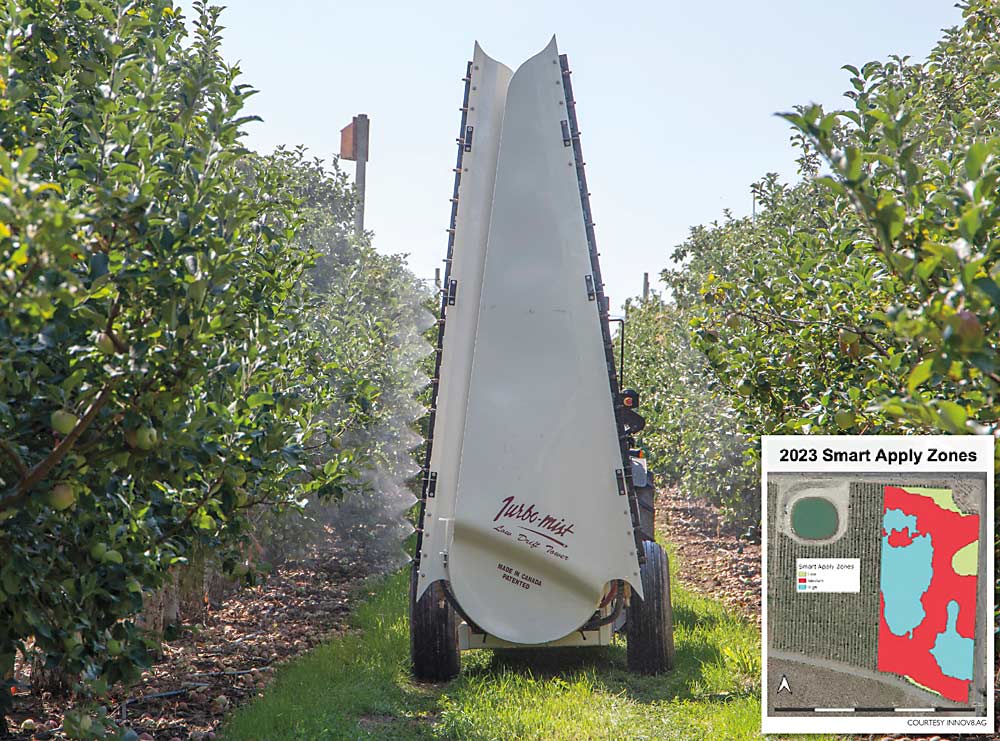
Combining a bloom map with lidar-guided sprayers for precision chemical thinning is possible.
Just don’t expect to use the technology commercially any time soon.
“It’s really, really early days,” said Steve Mantle, CEO of innov8.ag, a Washington specialty crop agricultural technology startup.
Mantle and a team of tree fruit researchers just wanted to prove such a technology hack — combining tools from two different companies — could work. It did … mostly.
Fruit clusters were more consistent in size and distribution on the side of the orchard treated with the bloom-map-informed smart sprayer than on the other side, treated with traditional chemical thinning applications, Mantle said. However, it ended up with too much fruit overall. The traditionally thinned side of the orchard hit the overall crop load target.
The marriage of technologies was one of the focus projects for the third year at the Grandview Smart Orchard, one of two apple blocks in Washington outfitted with an array of sensors and precision tools, providing a testing ground for ag tech startups.
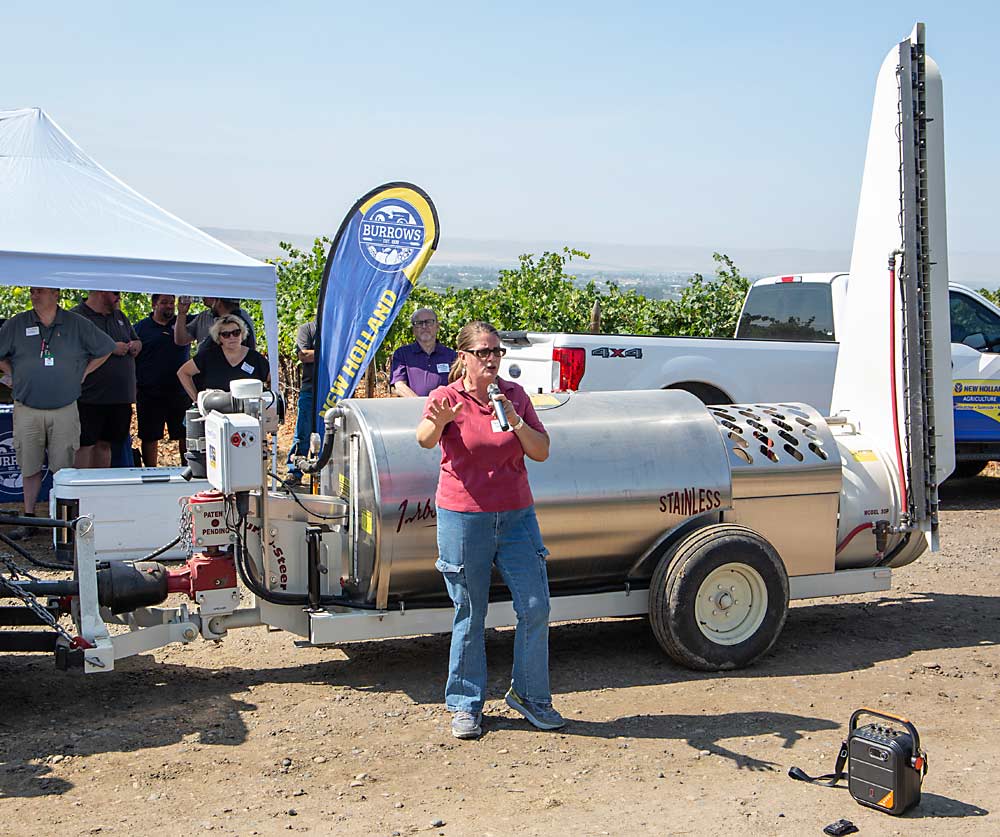
The Smart Orchard is hosted by Washington Fruit and Produce Co., which is considering removing the Honeycrisp block next year. Chiawana Orchards hosts another Smart Orchard block near Pasco. Research at the two sites is funded by the Washington Tree Fruit Research Commission.
The other two topics of focus were irrigation optimization and nutrient optimization.
During the first two years of the Smart Orchard project in Grandview, the Honeycrisp block showed a pattern of biennial bearing, prompting researchers to try the pairing of a bloom map with intelligent spray technology.
Lidar-guided sprayers use sensors to detect the presence and density of vegetation, adjusting nozzles — or turning them completely off — based on whether it has something to spray or not. Researchers used the system developed by the U.S. Department of Agriculture and commercialized in 2020 as a kit by Smart Apply of Indiana, which John Deere acquired this year.
During the spring, Mantle’s company used different sensors (camera and lidar) developed by Green Atlas of Australia to create a bloom map, denoting areas of high, medium and low density. He worked with Washington State University researchers to feed that map — or “shape file” — into John Deere operations software that guides the Smart Apply sprayer.
The idea was to let the machine adjust its spray rates of lime sulfur, the chosen thinner, based not only on vegetation but also on bloom density. Low-density areas would receive no chemical thinning treatment, high-density areas would receive a lot and medium-density areas in between.
They got the combination to work, but the sprayer couldn’t toggle back and forth between high and medium density on the fly. Operators had to make multiple passes.
“It’s not in a place where most growers would be ready to apply it,” Mantle said.
Other equipment-makers in the Netherlands and New Zealand are working on the same idea — using a bloom map to inform a smart sprayer.
Uniformity is a good goal, but overall crop load is more important, said Gilbert Plath, a member of the Washington Fruit-owning family and the representative with the Smart Orchard project.
Crews treated the opposite side of the orchard like any commercial grower would: an airblast sprayer set to the rate of their choosing, higher than that of the experimental side. The more aggressive approach not only led to less fruit but an overall crop load closer to their commercial target, and therefore better fruit size, lower labor costs for hand thinning and most likely better return bloom next year, he said.
Ideally, in the future, the partners could replicate their research and hit the target crop load, Plath said.
“That would be a home run,” he said.
However, the researchers weren’t really trying to create a commercial tool, said Tory Schmidt, a program coordinator for the Washington Tree Fruit Research Commission. They just wanted to see if they could move in that direction.
As technology has grown more sophisticated over the years, growers have wondered if they could someday manage their orchards tree by tree to overcome inherent variability. However, maybe technology doesn’t have to take it quite that far, Schmidt said. Tools such as the bloom map combined with an intelligent sprayer might be able to break up a block into smaller sections, allowing growers to find a management “sweet spot.”
“It was just the next step down the path to being able to manage the horticultural needs in a more precise way,” Schmidt said.
—by Ross Courtney

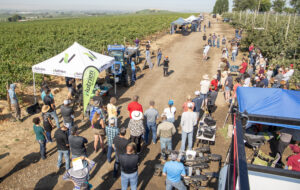
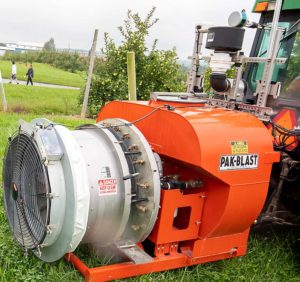
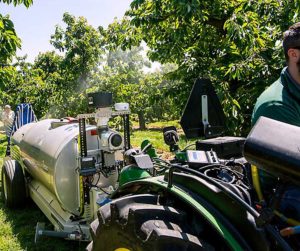





Leave A Comment